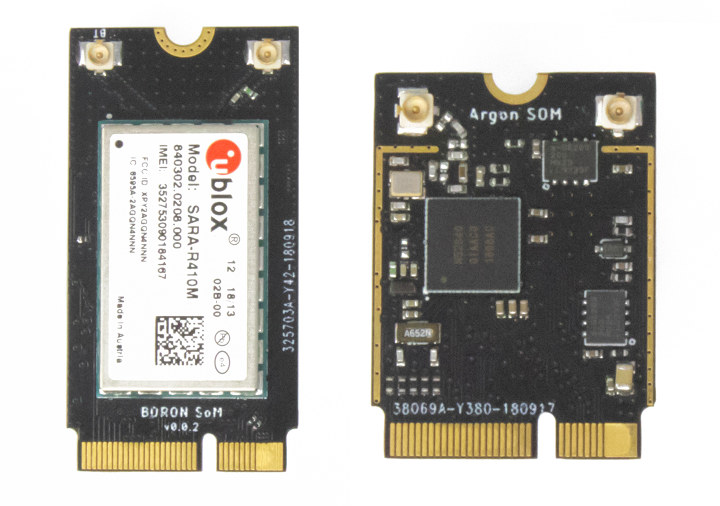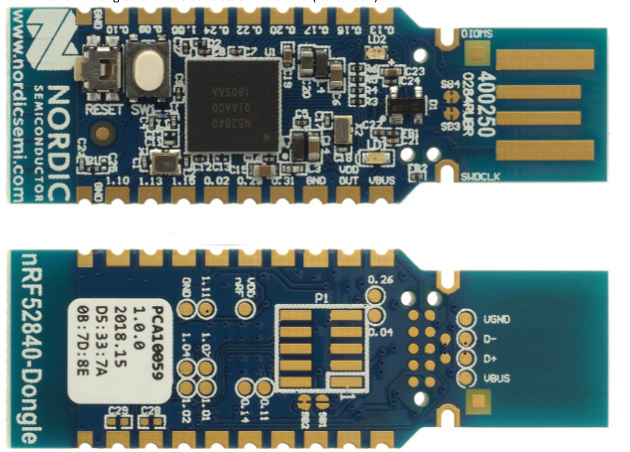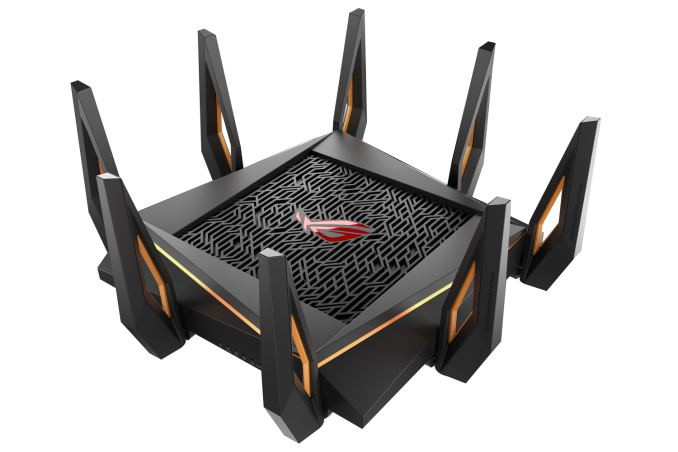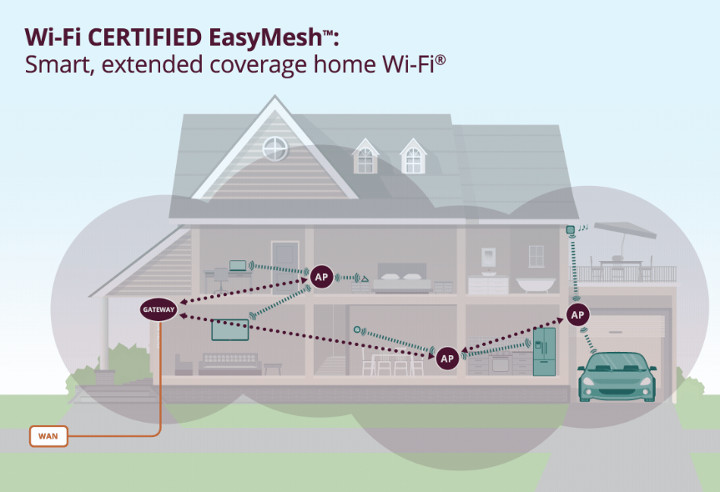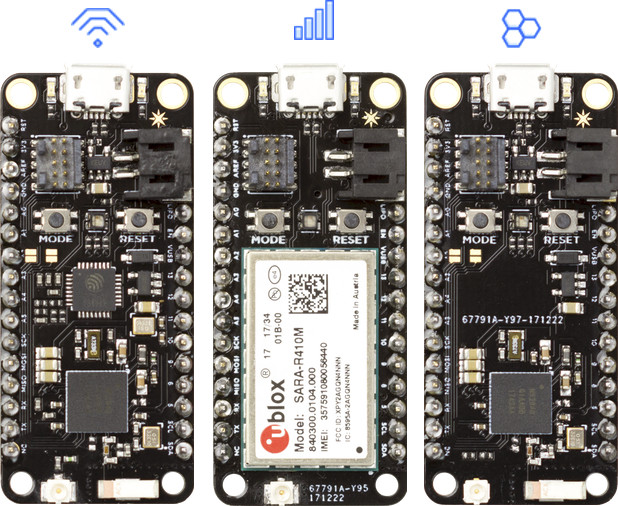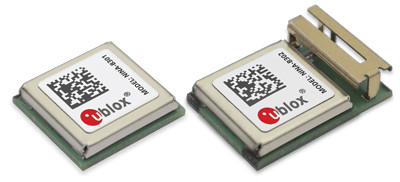Earlier this year, Particle unveiled three IoT development boards based on nRF52840 Bluetooth 5/802.15.4 WiSoC and supporting Particle Mesh, which interestingly is not based on Bluetooth Mesh or even Bluetooth, and instead relies on Thread specification/OpenThread implementation, and the 802.15.4 radio of the chip with Bluetooth only used for the initial setup stage. Particle announced the shipping date (October 2018 or… this month) for their Mesh boards pre-ordered in February, as well as three new products in a recent blog post. One of the products is a family of system-on-modules compatible with Particle Mesh, while the other two are related IoT developer tools. Particle Mesh SOMs The Particle Mesh SOMs will have similar names and features as corresponding Particle mesh developers kits such as Boron (NB-IoT / eMTC + BLE + Mesh) and Argon (ESP32 WiFi, BLE + Mesh), but with an edge connector and designed as enterprise-grade, production-scale version […]
Embedded Linux Conference Europe & OpenIoT Summit Europe 2018 Schedule
The Embedded Linux Conference & OpenIoT Summit 2018 took place in March of this year in the US, but the European version of the events are now planned to take place on October 21-24 in Edinburg, UK, and the schedule has already been released. So let’s make a virtual schedule to find out more about some of interesting subjects that are covered at the conferences. The conference and summit really only officially start on Monday 22, but there are a few talks on Sunday afternoon too. Sunday, October 21 13:30 – 15:15 – Tutorial: Introduction to Quantum Computing Using Qiskit – Ali Javadi-Abhari, IBM Qiskit is a comprehensive open-source tool for quantum computation. From simple demonstrations of quantum mechanical effects to complicated algorithms for solving problems in AI and chemistry, Qiskit allows users to build and run programs on quantum computers of today. Qiskit is built with modularity and extensibility […]
$10 Nordic Semi nRF52840 USB Dongle Supports Bluetooth 5, Thread, ZigBee, 802.15.4, ANT and 2.4GHz Proprietary
Several weeks ago, as I noticed the lack of Bluetooth 5 USB dongles, I found MakerSpot CC2640 Bluetooth 5 USB stick based on Texas Instrument CC2640R2F Arm Cortex-M3 WiSoC. It’s not exactly a consumer products, and instead it’s more like a development kit, but it can still be inserted into the USB port of your computer or development board. Today, I found out Nordic Semi also made their own Bluetooth 5 – or is it Bluetooth 5.0 now, I’m really confused at this point – USB dongle for evaluation & development based on nRF52840 WiSoC. It’s not only for Bluetooth 5 though, as the multi-protocol SoC also supports Bluetooth Low Energy, Bluetooth Mesh, Thread, Zigbee, 802.15.4, ANT(+), and 2.4 GHz proprietary solutions. nRF52840 USB dongle (PCA10059) key features: Wireless Connectivity – Bluetooth 5, Bluetooth Low Energy, Thread, Zigbee, 802.15.4, ANT/ANT+, and 2.4GHz USB – USB 2.0 ports Expansion – 15x […]
ASUS Announces 802.11ax WiFi Routers at Computex 2018
802.11ax is a new WiFi standard offering better performance, especially in high-density scenario, where average per usage bandwidth may be improved by up to 4 times, so city dwellers should benefit the most. Last year, we started to see 802.11ax compliant chips from Broadcom, Marvell, Qualcomm, and others, so it should come as no surprise that some of first 802.11ax WiFi routers are launched this year. ASUS introduced two 802.11ax WiFi routers at Computex 2018 with ROG Rapture GT-AX11000 tri-band 802.11ax router, RT-AX88U dual band 802.11ax router , and the AX6100 WiFi System for mesh networking. ROG Rapture GT-AX11000 The ROG Rapture GT-AX11000 is a high-end router with a peak aggregate throughput of about 11000 Mbps. Specifications: Processor – Quad core processor @ 1.8 GHz System Memory – 1 GB RAM Storage – 256 MB flash Connectivity WiFi 802.11a/b/g/n/ac/ax, IPv4, IPv6 Tx/Rx – 2.4 GHz 4×4, 5 GHz-1 4×4, 5 […]
Wi-Fi EasyMesh is a Standard for WiFi Mesh Networking
It’s been possible for add multiple WiFi routers and/or WiFi repeaters in order to provide good coverage in a house / building for years, so this required some manual configuration. So in recent years, companies came up with WiFi mesh networking solutions that do very much the same, but are easier to setup, and – as I understand it – mostly plug-and-play. Some examples are Google WiFi router or eeRo Pro WiFi system, but apparently so far every company would do their own proprietary WiFi mesh implementation, so you would not be able to mix brands for such features. That’s why the WiFi Alliance worked on, and now announced Wi-Fi EasyMesh, an industry standard for “simple to use, self-organizing, smart Wi-Fi networks”. Key benefits listed by the organization: Flexible design – Allows for best placement of multiple APs providing extended coverage Easy setup – Delivers automatic device on-boarding and configuration […]
Particle Unveils Three nRF52840 Bluetooth 5 Boards: Argon (WiFi), Boron (LTE), and Xenon, as well as Particle Mesh Technology
In the last year or so, Bluetooth has gotten an upgrade with the release of Bluetooth 5. The new protocol works on several existing platforms, but if you want support for the full set of Bluetooth 5 features such as longer range and higher bandwidth, we’ve seen you need a recent chip such as Nordic Semi nRF52840. However so far, AFAIK you had to buy Nordic Semi own development kit for play with nRF52840, and now Particle has announced not one, but three low cost development boards powered by nRF52840 chip starting at just $9, and supporting their newly announced Particle Mesh technology. So for some reasons, it appears they did not go with Bluetooth Mesh. Particle Xenon – Bluetooth 5 + Mesh Xenon is the cheapest model with the following specifications: SoC – Nordic Semiconductor nRF52840 Arm Cortex-M4F 32-bit processor @ 64MHz with 1MB flash, 256KB RAM Storage – […]
Embedded Linux Conference & IoT Summit 2018 Schedule
The Embedded Linux Conference 2018 and the OpenIoT Summit 2018 will jointly take place next month, on March 12 – 14, 2018 in Portland, Oregon, USA. The former is a “vendor-neutral technical conference for companies and developers using Linux in embedded products”, while the latter is a “technical conference for the developers and architects working on industrial IoT”. The Linux Foundation has already published the schedule, and it’s always useful to learn what will be discussed about even for people who won’t attend. With that in mind, here’s my own virtual schedule with some of the talks I find interesting / relevant to this blog. Monday, March 12 10:50 – 11:40 – Progress in the Embedded GPU Ecosystem by Robert Foss, Collabora Ltd. Ten years ago no one would have expected the embedded GPU ecosystem in Linux to be what it is now. Today, a large number of GPUs have […]
U-Blox announces NINA-B3 Bluetooth 5 Wireless MCU Modules
Bluetooth 5 promises to quadrupling the range and double the bandwidth of Bluetooth LE connection. However, we’ve seen not all Bluetooth 5 solutions will provide all features in a comparison between Nordic Semi nRF52840 vs nRF52832 vs nRF52810 Bluetooth 5 ready SoCs, as while all three platforms will handle the higher bandwidth just fine, only the nRF52840 will extend the range up to 4 times. That’s why you want want to make sure you get recent hardware capable of fully handling Bluetooth 5, and U-blox has just announced NINA-B3 Bluetooth 5 module series, based on nRF52840 SoC, that will both provide longer range and higher bandwidth. U-blox NINA-B3 module comes in two family flavors: NINA‑B31, comes pre‑flashed with u‑blox’s Connectivity Software, eliminating the need for embedded programming. Support for AT command set, and u-Blox low energy serial port service NINA‑B30 using nRF52840’s ARM Cortex-M4F as an “Open CPU” that allows […]


